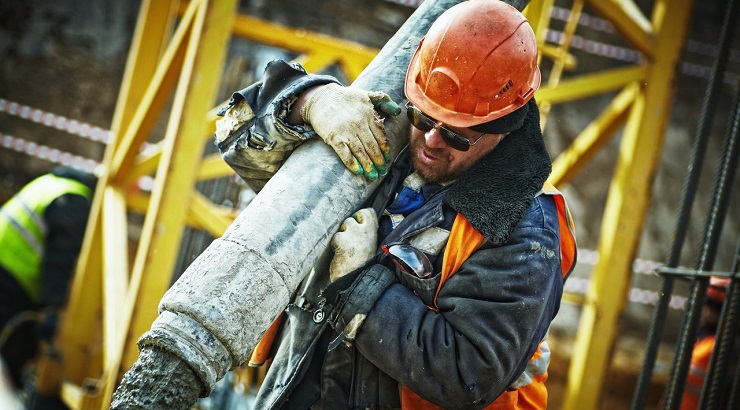What is construction insurance?
There are many types of construction insurances (also known as contractor’s insurance) intended to protect a property developer and other stakeholders throughout the stages of a construction project.
Contractor’s insurance, which is basically insurance for construction projects, is a wide classification of coverages relating to the construction of buildings, roads, bridges, and other types of projects.
The following are some of the common types of contractor’s insurance policies and how they protect those involved in the stages of construction.
Builder’s Risk Insurance
Builder’s risk insurance is coverage for buildings and other structures during the course of construction. Entities that may be included under a Builders Risk policy include:
- The Property Owner
- The General Contractor
- Subcontractors
- Lenders
- Architects
Areas that covered by a builder’s policy include:
- Materials
- Supplies
- Equipment
- Lost Sales
- Rental Income
- Additional Interest on loans
- Real estate Taxes
The cost depends on the size and type of project. Coverage is readily available for projects under $5M.
This type of policy has unique coverage terms including when coverage begins and ends. You should review the terms with your agent to be sure you understand the coverage, limitations and exclusions on the policy.
Construction bonds
Construction (contract) bonds are intended to guarantee that a project will be completed if accepted, and if failed an entity will be made to pay for the damage.
There are several types of construction bonds, including:
- Bid bonds– which guarantee that bid proposals are serious and that the bidder is capable of undertaking the project.
- Payment bonds– which assure that the builder can provide payments to suppliers, subcontractors, and site workers.
- Supply bonds– which guarantee that suppliers will deliver building materials and other supplies as per the contract.
- Performance bonds– which compel the contractor to follow the quality guidelines set out in the project’s contract.
- Maintenance (warranty) bonds– which protect the project owner from poor workmanship for a period of time after the work is done.
Contractor license bonds
This is an agreement – similar to construction insurance policies – which assures that a contractor will obey the rules that pertain to their contractor license.
It is designed to protect members of the public and the people who will work or do business with the contractor.
Workman’s Compensation
This type of construction insurance is designed to protect businesses and contractors from liability in the event their worker is injured while on duty.
It covers medical expenses as a result of a covered incident, ongoing recovery expenses related to an injury, missed wages, legal fees if the policy holder is taken to court, as well as funeral costs and death benefits.
General liability insurance
Also known as commercial general liability insurance, this type of insurance for construction offers a liability protection to businesses in the event of property damage or bodily injury in the course of business.
These policies use payroll and sales to determine cost and are typically audited annually at the end of the policy term to obtain final figures for the term.
These policies have limitations and exclusions and should be reviewed with your agent.
Construction equipment insurance
This is typically referred to as an equipment floater. It provides coverage for contractor’s tools and equipment that is moved from place to place.
- Computers and data– desktops, laptops, tablets, and project data.
- Owner’s equipment– forklifts, cranes, loaders, excavators, etc.
- Contractor’s tools and equipment– generators, drills, hammers, saws, etc.
- Leased equipment– leased equipment and tools.
Coverage can be written on a replacement cost basis (new for old) or actual cash value basis (depreciated value) and typically includes theft of equipment. As with any policy, read the terms, conditions, limitations and exclusions.
It is also important to note that this coverage differs from an Installation Floater. An installation floater provides coverage for construction materials in transit or on the jobsite. This coverage is for materials that have not yet been installed in the project. Typically, the Installation Floater can be added to the Builders Risk form or written as part of a contractor’s Package Policy.
Professional liability insurance
Also known as errors and omissions (E&O) insurance, this type of coverage offers protection for a business against claims resulting from errors and mistakes that occur during normal business operations.
A good example of E&O coverage is the case of an engineer who miscalculates the structural requirements of a house – causing the owner to make expensive repairs.
The homeowner may sue the engineer for damages caused by his mistakes. In this case, the E&O policy in the engineer’s might cover the claim.
However, unlike other policies that cover property damage or bodily injuries suffered in the line of duty, E&O policies only cover financial losses.
Call to get a quote (617) 367-4900 or online at https://benderhatch.com/.
Source: https://www.constructionkenya.com/10113/construction-insurance/



